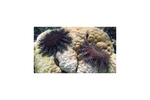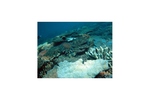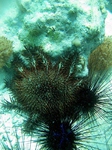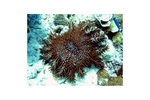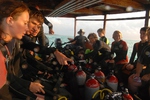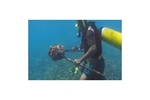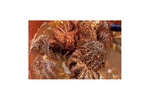The Crown-of-Thorns Starfish is an unusually large starfish and can grow to more than 25cm, some people say till 1m in diameter.

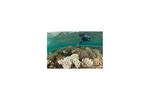
The starfish can move up to 20m in an hour. They climb onto reef structures, and then extrude their stomach onto the coral.

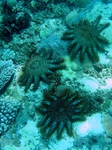
2004 was an epidemic outbreak of COTS on the west coast of Zanzibar. Action was needed and collections have been organized. On the east coast there are many and we start to take a look at the population and the damages.

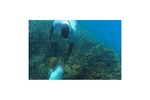
January 2010, Ana is counting COTS. The aim of her and Nacho's study was to determine the average population of COTS in the Jambiani lagoon.

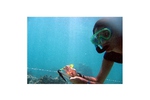
We divided the area of study in two categories reef and spotted coral. The first area has been approached by motorboat (max. depth 20 m) and the second by sailing boat (max. depth 9 m).


For each sampling we first set the area of study. We fixed two buoys in a distance of 50m and took the coordinates with the GPS to mark their locations in our map.

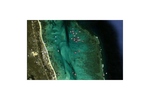
The method we chose for the study was the Line Intercept Transect; we set a rope of 50 meters length, attached to two buoys and counted the COTS we could see in 5 meters wide.

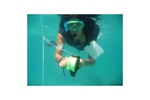
For the reef area we had the support of Bucaneer Diving who took us in their motorboat to take the samples with SCUBA diving and used buoys with 10 m ropes.

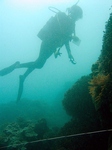
Some of the COTS founded in the lagoon were feeding on Platygyra claedalea, and most of them over Montipora sp. and Acropora sp.

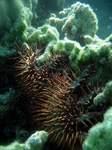
Most of the coral blocks in the lagoon of Jambiani are in a sandy area: Presence of many sea urchins and some few fire corals.

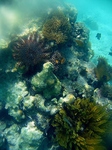
The human beings that struggle for their lives stress the lagoon of Jambiani. Most of the natural predators will be caught if they are found.

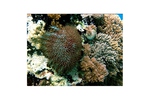
The giant triton shell is one of the few predators of adult crown-of-thorns starfish. Don't collect any shells, never buy them when they are from the wild!

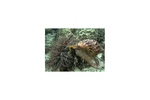
COTS like the stressed corals in the lagoon and a place without enemies. On this spot approximately 50% coral cover is damaged. On the outer reef where the corals are intact no COTS were found.

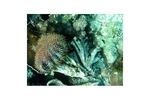
COTS like the stressed corals in the lagoon and a place without enemies. On this spot approximately 50% coral cover is damaged. On the outer reef where the corals are intact no COTS were found.

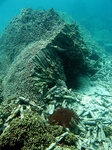
A future project of marinecultures.org will be to install good buoys for all the boats in the lagoon to reduce anchors damages and some of the stress of the corals.

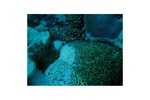
Till now we could not collect enough significant data about the population. We still continue our study to collect more data and improve our techniques.

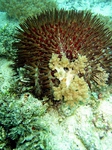
At least the COTS on the east coast are watched now. A small local task force has been built up. Okala from the local NGO JAMABECO is one of the ‘watchmen’.

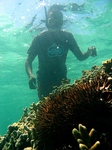
To prevent overpopulation of COTS causing widespread destruction to coral reef habitats, humans have implemented a variety of control measures to count the populations.

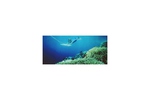
In August 2009 we count COTS in the lagoon with a group of young volunteers. Information about the project in the classroom of Buccaneer Diving in Paje.


To scan the selected area easier many divers can swim parallel in a certain distance and count the COTS on the way.

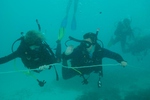
Strong current and bad visibility gave us a hard first lesson. For this technique experienced divers are needed.


What to do if an outbreak take place? Collect them and kill them on shore. The technique to spear COTS is not recommended because some of them lay eggs when they get hurt.



